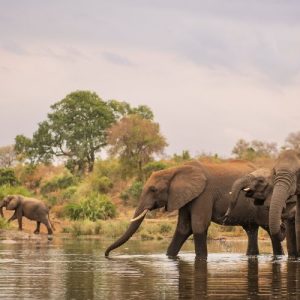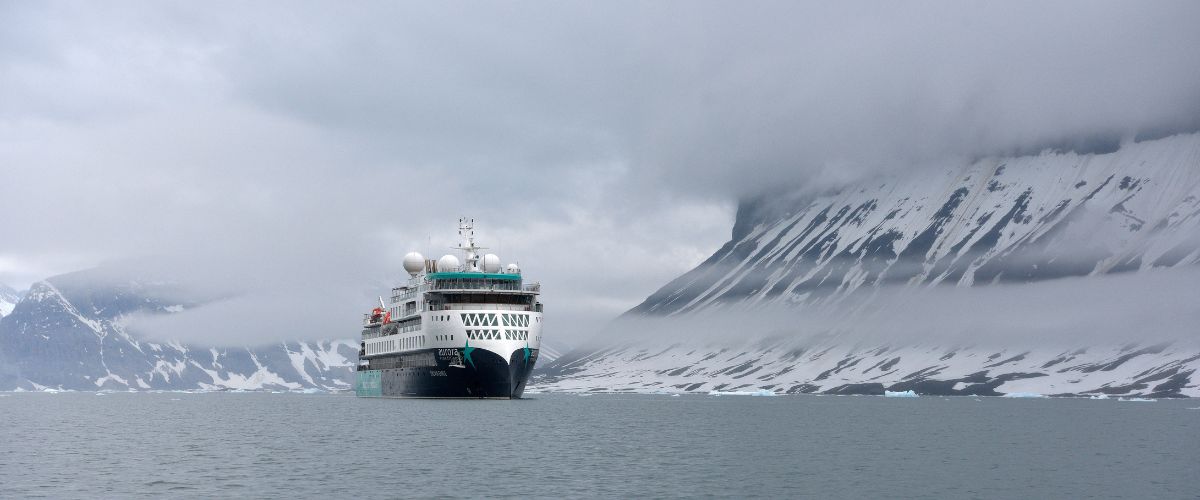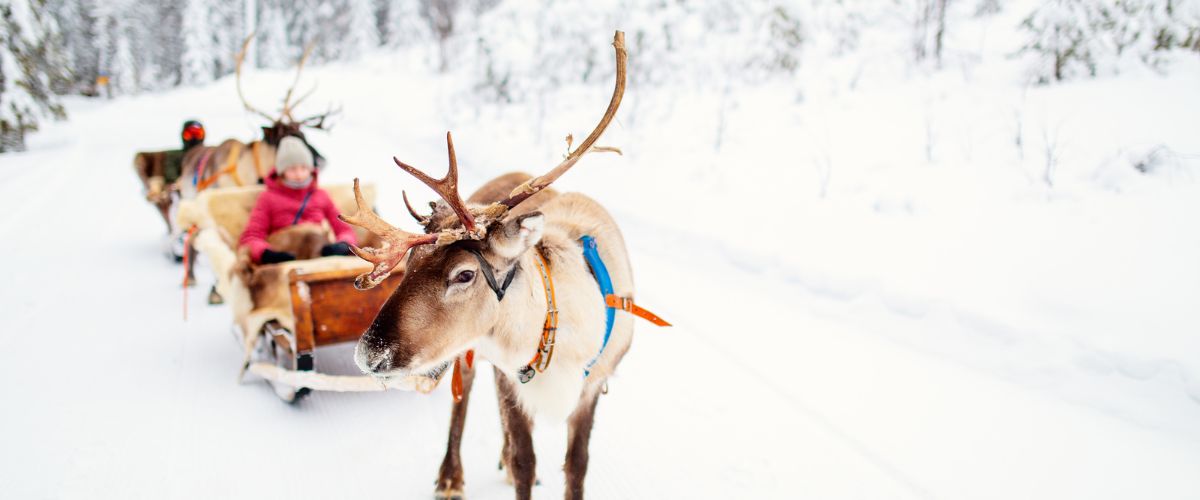If you’re dreaming of a safari in Africa, you’ve likely come across terms like national park, private game reserve, and concession. While they may seem interchangeable, each offers a different kind of experience, from the types of wildlife encounters you can expect to the level of exclusivity and flexibility during your stay.
Understanding the difference can help you choose the safari that best suits your travel style—whether you’re after luxury and privacy, or wide open spaces and a more budget-friendly approach. In this guide, we’ll break down the key differences between safari areas, highlight the best times to travel, and point out where you can spot Africa’s iconic wildlife.

National Parks
What they are:
National parks are government-managed protected areas open to the public, established to conserve wildlife and natural ecosystems. They usually have defined regulations, such as designated game drive times and no off-road driving.
What to expect:
You’ll typically share the park with other visitors, but the wildlife is wild and abundant. Because they’re public, national parks are more affordable, making them ideal for travellers wanting an authentic safari experience without the luxury price tag.

Pros:
- Great infrastructure and accessibility
- Budget-friendly options
- Large tracts of protected land and natural habitats
Cons:
- No off-road driving
- No night drives allowed
- Can get crowded during peak season
Examples of top national parks:
- Kruger National Park (South Africa) – One of Africa’s most famous parks, known for Big Five sightings and diverse landscapes.
- Serengeti National Park (Tanzania) – World-renowned for the Great Migration, where over a million wildebeest and zebra traverse the plains.
- Etosha National Park (Namibia) – Home to salt pans, dramatic scenery, and excellent self-drive options.

Private Game Reserves
What they are:
Private game reserves are privately owned sections of land set aside for wildlife conservation and tourism. They often border national parks and allow access to the same ecosystem, but with fewer restrictions and far fewer people.
What to expect:
You’ll stay in luxury lodges or tented camps, with highly trained guides and trackers. Off-road driving, night safaris, and walking safaris are usually allowed, offering a more intimate and flexible wildlife experience.

Pros:
- Smaller groups and fewer vehicles at sightings
- Ability to go off-road and on night drives
- Personalised service and luxury accommodation
Cons:
- More expensive than national parks
- Limited to guests staying at the reserve
Top private reserves:
- Sabi Sands (South Africa) – Shares an unfenced border with Kruger and is known for its high concentration of leopards.
- Phinda Private Game Reserve (South Africa) – Offers seven distinct ecosystems and fantastic cheetah sightings.
- MalaMala (South Africa) – One of the oldest and most exclusive reserves in the country.

Concessions
What they are:
A concession is a designated piece of land leased by safari operators within or bordering a national park or protected area. These are often found in countries like Botswana, Tanzania, Zimbabwe and Namibia. While technically government-owned, they are managed privately, allowing for exclusive access and low visitor numbers.
What to expect:
Concessions offer the best of both worlds: access to world-class wildlife areas, but with the privacy and flexibility of a private reserve. Like private reserves, off-road driving and night safaris are usually permitted. Many concessions are community-run, meaning your visit directly supports local conservation and development efforts.

Pros:
- Exclusive safari experience with very few vehicles
- Great for walking safaris and boat-based game viewing
- Supports conservation and local communities
Cons:
- Often located in remote areas, so access can be limited to light aircraft
- More expensive than national parks
Top concession areas:
- Okavango Delta (Botswana) – A network of private concessions offering water and land-based safaris in one of Africa’s richest ecosystems.
- Linyanti and Kwando (Botswana) – Known for large elephant herds and predator action, these remote concessions are a haven for serious wildlife lovers.
- Ngorongoro Conservation Area (Tanzania) – Home to the famed Ngorongoro Crater and a mix of cultural and wildlife experiences.

Wildlife You’re Likely to See
Africa’s wildlife is as diverse as its landscapes. While no two safaris are the same, here are some of the animals you can typically spot across national parks, reserves and concessions:
- The Big Five – Lion, Leopard, Elephant, Rhino, and Buffalo. Most regions in Southern and East Africa offer a chance to see all five.
- Cheetah – Best seen in open savannah areas like the Serengeti, Masai Mara and Phinda.
- Wild Dog – A rarer sighting, but Botswana and South Africa’s private reserves offer good chances.
- Hippo and Crocodile – Found near rivers and waterholes, especially in places like the Okavango Delta and Zambia’s Luangwa River.
- Giraffe, Zebra and Antelope species – Common across most safari destinations.
And if you’re lucky? You might also spot lesser-known species like honey badgers, servals, pangolins or aardvarks—especially on night drives or in remote concessions.

When to Travel: Best Times for Safari
Timing is everything when it comes to safari. While you can visit Africa year-round, your experience can vary significantly depending on the season.
Southern Africa (South Africa, Botswana, Namibia, Zimbabwe, Zambia):
- Dry Season (May to October): Best wildlife viewing as animals congregate near water. Cool mornings and sunny days.
- Green Season (November to April): Lush landscapes, fewer crowds, and excellent birdwatching—but wildlife can be harder to spot in thick vegetation.
East Africa (Kenya, Tanzania, Uganda):
- Dry Season (June to October): Prime time for game viewing, especially the Great Migration in the Serengeti and Masai Mara (July–September).
- Short Rains (November–December) and Long Rains (March–May): Fewer travellers and lush scenery, but some areas may become inaccessible due to rain.
Choosing the Right Safari for You
- First-time safari goers might enjoy the accessibility and diversity of a national park like Kruger or Etosha.
- Photographers and wildlife enthusiasts may prefer a private reserve or concession with fewer vehicles and more flexibility.
- Luxury seekers should consider high-end lodges in Botswana’s concessions or South Africa’s private reserves.
- Cultural travellers may want to combine wildlife viewing with local experiences, such as visiting Maasai communities in Tanzania or San Bushmen in Namibia.

Final Thoughts
A safari in Africa is an unforgettable experience—whether you’re watching elephants at sunset, tracking lions on foot, or sipping coffee as hippos grunt in the distance. Understanding the difference between a national park, private game reserve, and concession can help you shape your journey around the kind of experience you want—whether that’s privacy, affordability, or raw immersion in the wild.
At Back Track Adventures, we work with trusted partners across Africa to help you choose the safari that’s right for you. Whether you’re travelling solo, with family, or as part of a group, we’ll make sure your experience is safe, enriching and tailored to your style of travel.





